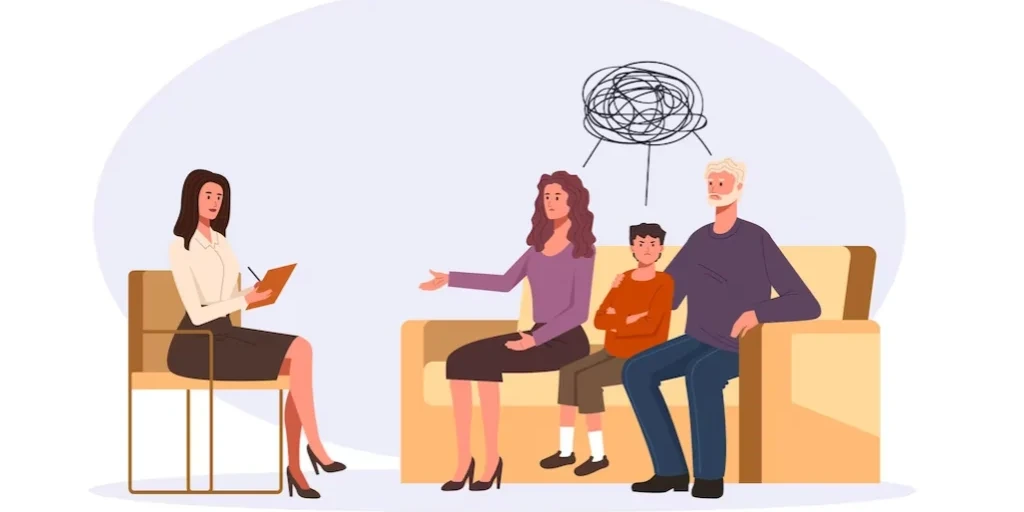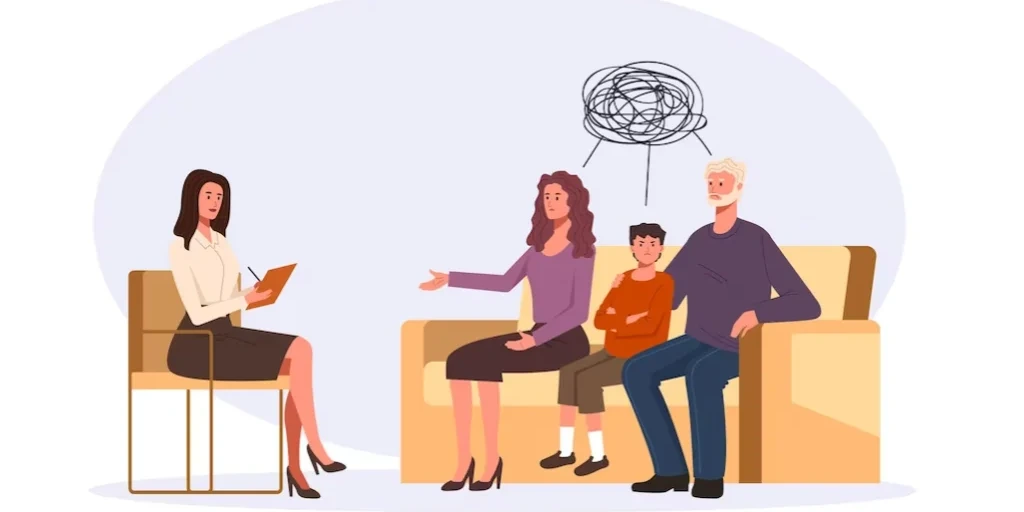24/7 Helpline:
(866) 899-221924/7 Helpline:
(866) 899-2219
Learn more about Eating Disorder Treatment centers in Silver Spring
Eating Disorder Treatment in Other Cities

Other Insurance Options

Multiplan

MVP Healthcare

Magellan

Premera

Optum

Medical Mutual of Ohio

Covered California

EmblemHealth

Ceridian

UnitedHealth Group

Ambetter

Optima

Molina Healthcare

Evernorth
Beacon

Group Health Incorporated

Private insurance

Humana

Health Net

United Health Care

Montgomery County Adolescent Mental Health Services
Montgomery County Adolescent Mental Health Services is a public rehab located in Silver Spring, Mary...

Drug and Alcohol Wynne and Associates
Drug and Alcohol Wynne and Associates provides counseling services for people on chemical dependency...

Counseling Plus
Counseling Plus is a private rehab located in Silver Spring, Maryland. Counseling Plus specializes i...

Vesta
Vesta is a private rehab located in Silver Spring, Maryland. Vesta specializes in the treatment of d...

Kolmac Outpatient Recovery Centers
Kolmac Outpatient Recovery Centers provide outpatient detoxification, rehabilitation, and continuing...

Affiliated Sante Group
Affiliated Sante Group is a private rehab located in Silver Spring, Maryland. Affiliated Sante Group...








Total Health Resources
Total Health Resources provides substance abuse, DWI, outpatient substance abuse and mental health s...

Another Way
Another Way is a private rehab located in Silver Spring, Maryland. Another Way specializes in the tr...

Multicultural Rehabilitation
Multicultural Rehabilitation is a private rehab located in Silver Spring, Maryland. Multicultural Re...

Journey to Self Understanding
Journey to Self Understanding is an outpatient counseling center for mental health and substance abu...

Bilingual Counseling Center
Bilingual Counseling is an outpatient facility that provides Assessments, Education and Treatment fo...

Cornerstone Montgomery
Cornerstone Montgomery is a private rehab located in Silver Spring, Maryland. Cornerstone Montgomery...

AA – Alcoholics Anonymous – Primero de Marzo
Alcoholics Anonymous (AA) - Primero de Marzo is located in Silver Spring, Maryland. Alcoholics Anony...

Thomas Comprehensive Counseling Services
Thomas Comprehensive Counseling Services is a private rehab located in Silver Spring, Maryland. Thom...

Rock Creek Foundation
Rock Creek Foundation is a non-profit rehab located in Silver Spring, Maryland. Rock Creek Foundatio...

A Quiet Journey Counseling Associates
A Quiet Journey Counseling Associates is a private rehab located in Silver Spring, Maryland. A Quiet...

AA – Alcoholics Anonymous – Fe y Accion
Alcoholics Anonymous (AA) - Fe y Accion is located in Silver Spring, Maryland. Alcoholics Anonymous ...

Hannahs Aftercare
Hannahs Aftercare is a private rehab located in Silver Spring, Maryland. Hannahs Aftercare specializ...

Millennium Health and Rehabilitation Center
Millennium Health and Rehabilitation Center is a private rehab located in Silver Spring, Maryland. M...







